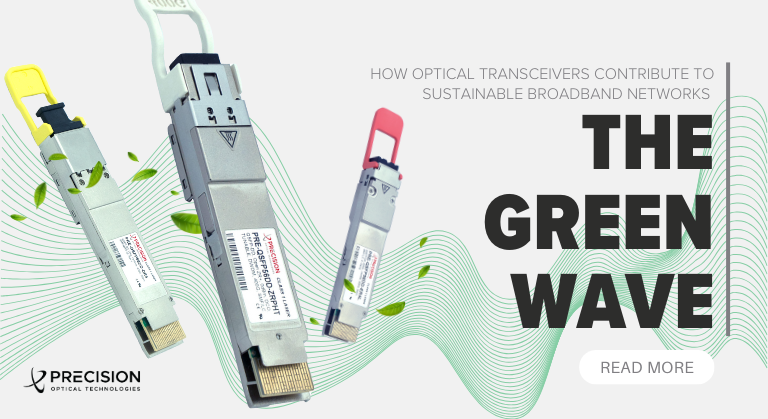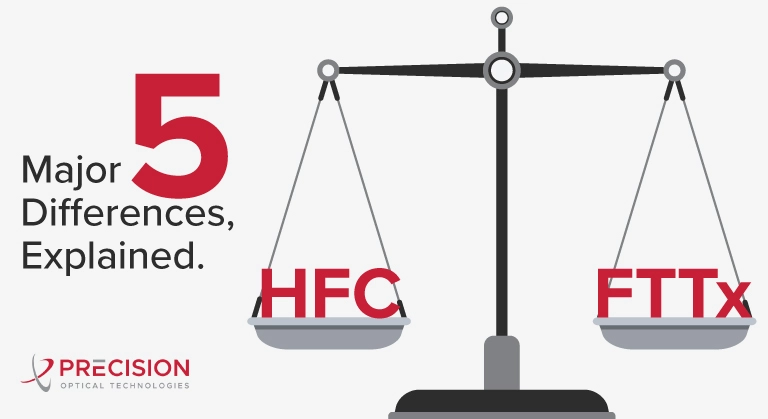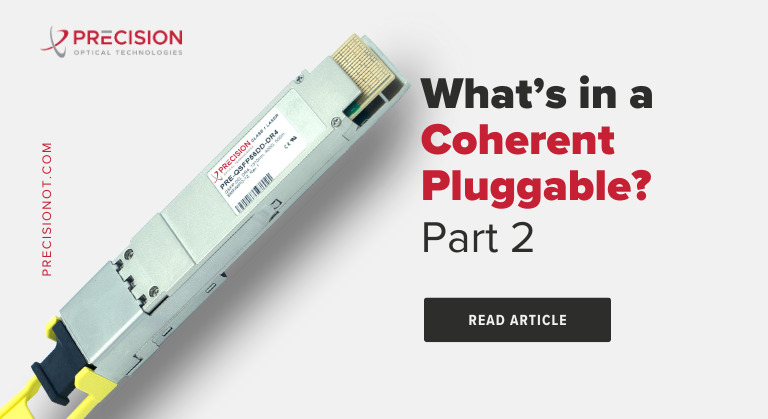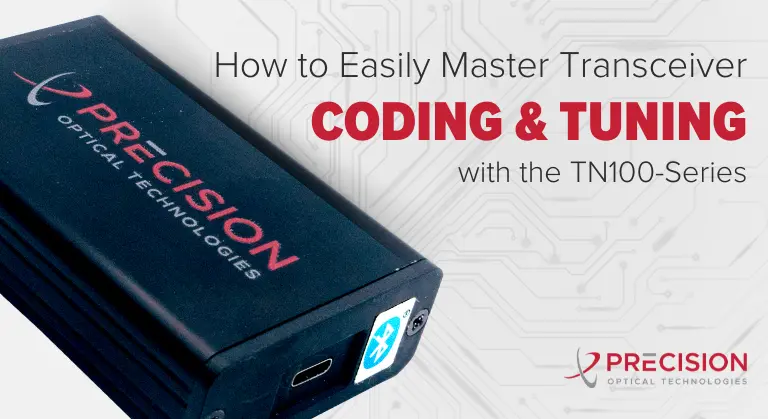
What is FTTx and HFC? 5 Major Differences, Explained

In today’s fast-paced digital world, high-speed internet access is not just a luxury; it’s a necessity. From streaming entertainment to remote work and online education, our lives are increasingly dependent on a seamless internet experience. To meet this growing demand, internet service providers (ISPs) have been evolving their infrastructure. Two technologies that deliver high-speed internet to homes and businesses are Hybrid Fiber-Coaxial (HFC) and Fiber to the x (FTTx). What is FTTx and HFC? In this blog, we’ll explore the key differences between these two technologies to help you understand their advantages, limitations, and implications for your internet experience.
What is HFC? (Hybrid Fiber-Coaxial)
1. HFC, Defined:
HFC, short for Hybrid Fiber-Coaxial, is a network technology that combines both fiber optic and coaxial cable infrastructure. In this setup, a fiber optic cable runs to a local node in a neighborhood, while coaxial cables connect individual homes or businesses to that node. The coaxial cables are typically used for the last mile connection.
2. Speed and Bandwidth:
HFC networks can provide high-speed internet access with download speeds to end users ranging from 100 Mbps to 1 Gbps or more, depending on the service provider and the level of investment in the network infrastructure. However, the actual speed can vary depending on network congestion and other factors.
3. Availability:
HFC networks are widespread and can be found in many urban and suburban areas. They are often offered by cable TV providers and MSOs.
4. Limitations:
One limitation of HFC is that it may not be as symmetrical as FTTx technologies. Upload speeds are typically slower than download speeds due to the nature of coaxial cable frequency spectrum allocations. Additionally, HFC networks can suffer from congestion during peak usage times, which can lead to decreased performance.
5. Evolution:
With the onset of DOCSIS 4.0, HFC continues to evolve. By utilizing DAAs (distributed access architectures), HFC networks are becoming smarter at the edge with technology such as Remote PHY and Remote MAC. These devices are installed in the remote node where optical transmissions are converted to coax, helping improve signal-to-noise ratio (SNR) and thereby boosting speeds and capacity.
What is FTTx? (Fiber to the x)
1. FTTx, Defined
FTTx, or Fiber to the x, is a generic term referring to various fiber optic communication networks used to deliver high-speed internet connectivity to end-users. The “x” in FTTx represents different points in the network where fiber optic cables are deployed. These points could mean different locations: homes (FTTH – Fiber to the Home), businesses (FTTB – Fiber to the Building), curbs (FTTC – Fiber to the Curb), nodes (FTTN – Fiber to the Node), etc. While the concept of FTTx has been around for a while, it has experienced significant advancements over time:
2. Speed and Bandwidth
Traditional internet connectivity was predominantly delivered using copper wires, limiting data speeds and bandwidth. FTTx represents a shift from copper-based infrastructure to fiber optic cables, which are capable of transmitting data over 1G over longer distances.
3. Availability
FTTH has been garnering considerable attention due to its ability to deliver fiber connectivity directly to individual households. This eliminates bottlenecks caused by shared connections and delivers ultra-fast internet speeds to end users. As more and more households are connected via FTTH, we can experience a revolution in digital services and applications.
4. Upgrades
Once optical fiber is brought closer to end users or even at the customer premises, upgrades to higher speeds become more feasible with a reduction of total cost per gigabit and reduced timelines to upgrade.
To further enhance the capabilities of FTTH, technological upgrades like Gigabit Passive Optical Network (GPON) and 10-Gigabit-capable PON technologies like XG-PON and XGS-PON have been introduced. These technologies significantly increase the bandwidth available to users, allowing for high-quality content streaming, cloud services, and other data-intensive activities.
5. Connectivity
While FTTH is ideal for residential areas, FTTB and FTTC solutions provide efficient connectivity options for apartment buildings and commercial areas. These solutions combine fiber optic connections up to the building’s or curb’s premises, respectively, allowing for shared high-speed internet connectivity.
Conclusion
As our digital needs continue to evolve, both HFC and FTTx technology play a crucial role in meeting the demands for high-speed and reliable internet connectivity. HFC leverages its hybrid infrastructure to combine the strengths of fiber optics and coaxial cables, providing cost effective and upgradable broadband services to a wide customer base. FTTx provides fast, low-latency, and highly reliable internet. It offers symmetrical speeds, scalability, and future-proofing capabilities. Whatever the demands of your current and future networks, contact Precision OT’s systems engineering and integration team to determine the best end-to-end solution for you.






